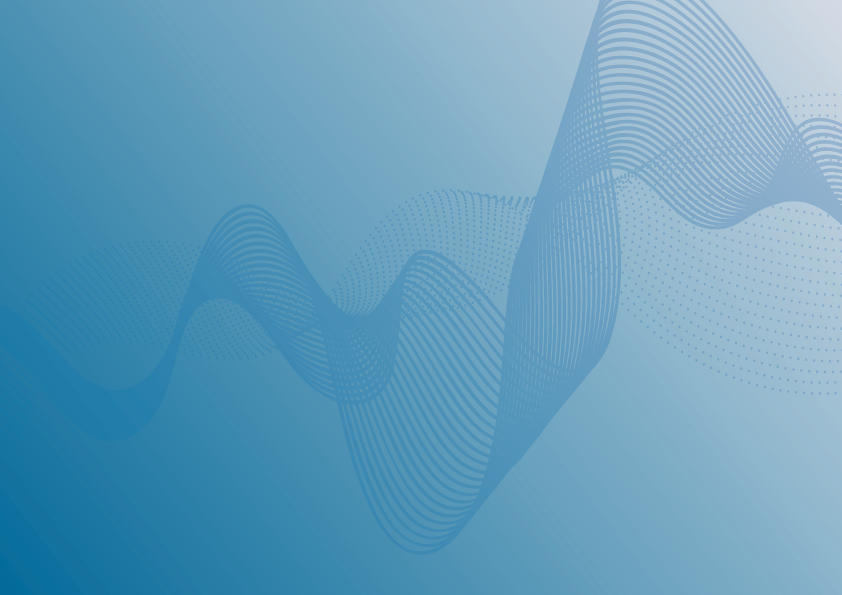
IN SPOTLIGHT
The Next Global Mega Epoch Change Beginning Around 2030
Is the current turbulence in the world only about Trump and his followers playing reckless politics out of the blue, or are we witnessing the beginning of a new era in the global world order?
BLOG BY FUTURES PLATFORM
Game Over for Nation States?
Ray Kurzweil, one of the world’s leading inventors, thinkers, and futurists, stated in a recent interview that we are going to witness the end of the nation-state as we've known it. He believes that the elementary particles of the classical world order are about to change as technology will keep on making our borders less and less relevant.
The Knowledge Revolution is Underway
How can you identify reliable knowledge sources and trustworthy experts? What types of knowledge or information need to be memorised, learnt, comprehended, and mastered? How is reliable knowledge created, how should we access it, and what kind of knowledge should be saved?
A Revolution of Tiny Robots
Much has been said about how industrial and non-industrial robots are changing the world. When we think of robots, most of us think of industrial robotic arms, military robots, or anthropomorphic service robots. In other words, big robots. Few think of those robots that are rarely visible to the naked eye: microrobots.
Which Way Do You Think the Future Gets Formed?
Many futurists believe that a good way to better understand people´s future-oriented beliefs, behaviour and decisions, is to use their world views as a starting point. Hence, following this logic, the key to better understanding our future-oriented reasoning is to know our world views, that constitute the lenses that we use.
The Hottest Job of the Near Future?
Data and AI technologies are driving the development of our industries; and a demand for experts in STEM-related fields (Science, Technology, Engineering and Math), and wages paid in those jobs, are growing fast in many countries.
Can You 3D-Print Your Home?
When we talk about 3D printing, many people first picture small-scale products, such as car parts or smartphone covers. But what happens when we attempt to build larger structures, like houses or bridges, with 3D-printing?
Self-Healing Electronics
A group of scientists from the University of California, Riverside, got inspired by Wolverine, a comic character from the X-Men, who has self-healing abilities. As a result, they created transparent, self-repairing and highly stretchable material that can be electrically activated. Therefore, it’s especially suitable for improving the performance of smartphones, robots and other electronic devices.
Printing Better Lives
Czech scientists from a research group at the Brno University of Technology developed a mechanical and computer model, with the aid of 3D printing, that allows them to simulate a variety of biological conditions, like asthma and other chronic afflictions. It can help us understand the diseases better, devise optimal treatment courses, and even help doctors practice surgeries with precision.
Looking for an Alternative to That Glass of Wine?
The alcohol industry is used to competition but not so much to disruption. It has some of the most devout followers and healthiest profit margins of any industry. But some people are trying to bring change to the industry, whether by creating wine in a laboratory or by getting rid of alcohol entirely. Are their efforts being rewarded?
The Future of Payments
Cash is still king in many countries, even with the advent of debit and credit cards. But now cash and card payments are facing a challenge from new foes - smartphones and social platforms. With over one-third of the world having access to smartphones, and their high penetration in developed countries, will we still need to carry our wallets around?
Is the Hyperloop Coming to the Nordics?
The company Hyperloop One announced the semi-finalists of their challenge: to make a good case for how the Hyperloop track might generate economic growth, development, and change the way people live and work in their region. Among the routes was the 90-kilometer journey between Tallinn and Helsinki. But is this happening any time soon, in the Nordics or around the world?
Fake News 2.0
Williams College wrote code that uses a type of machine-learning algorithm to create art that is practically indistinguishable from “real” art. The technique can also be applied to videos and other images—which makes us wonder: How will we be able to tell what's real from what's not in the future?













